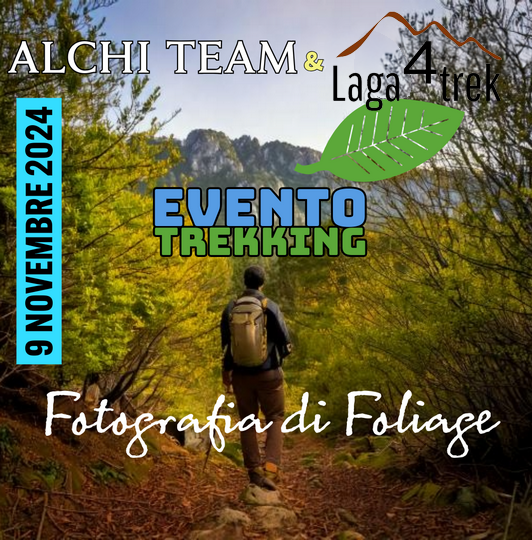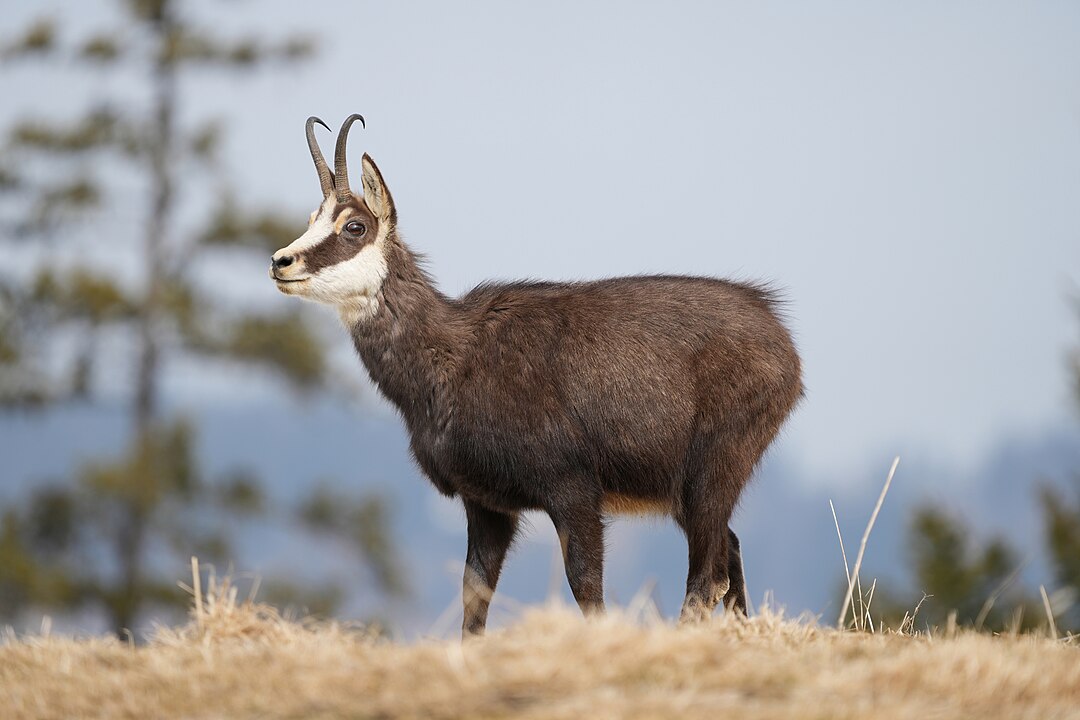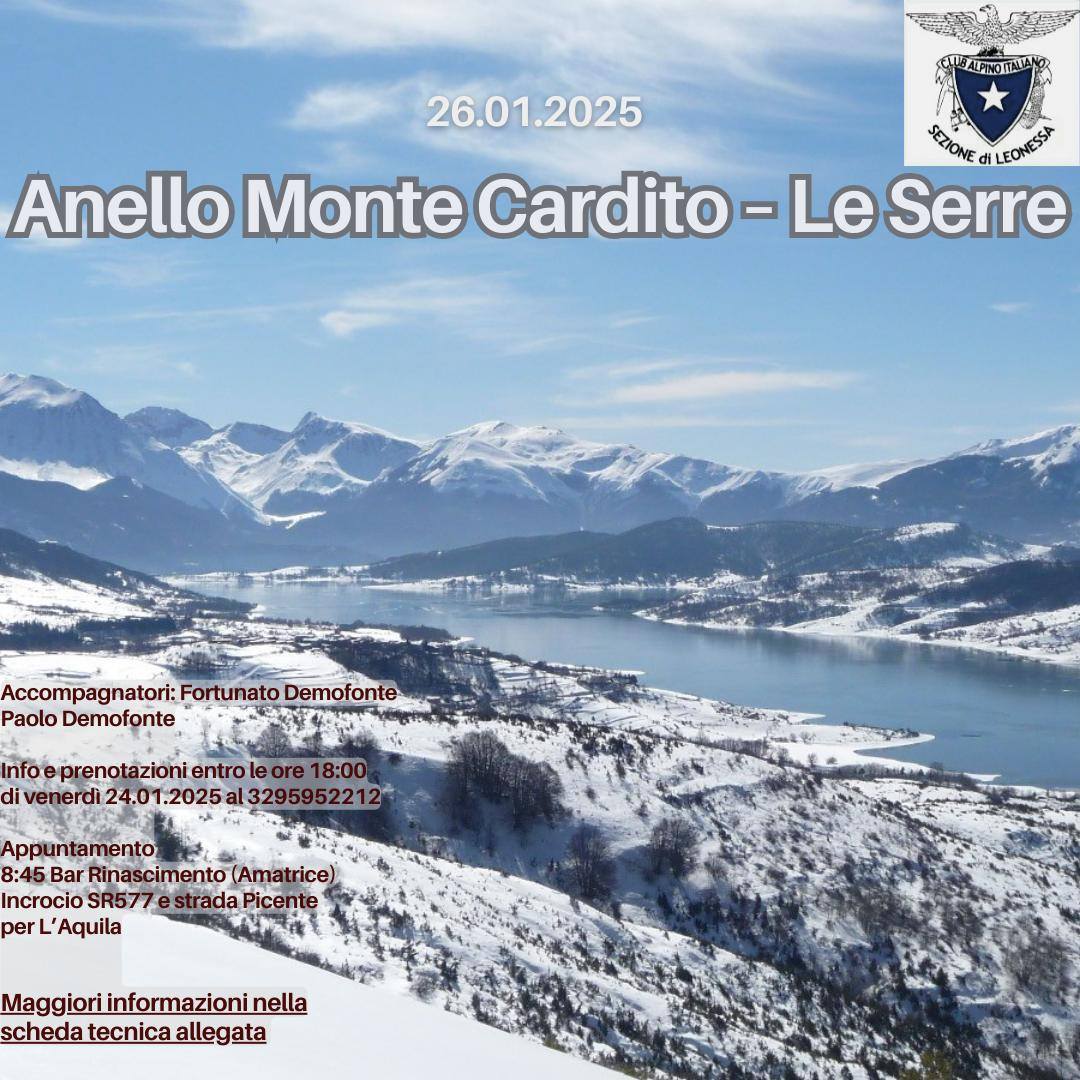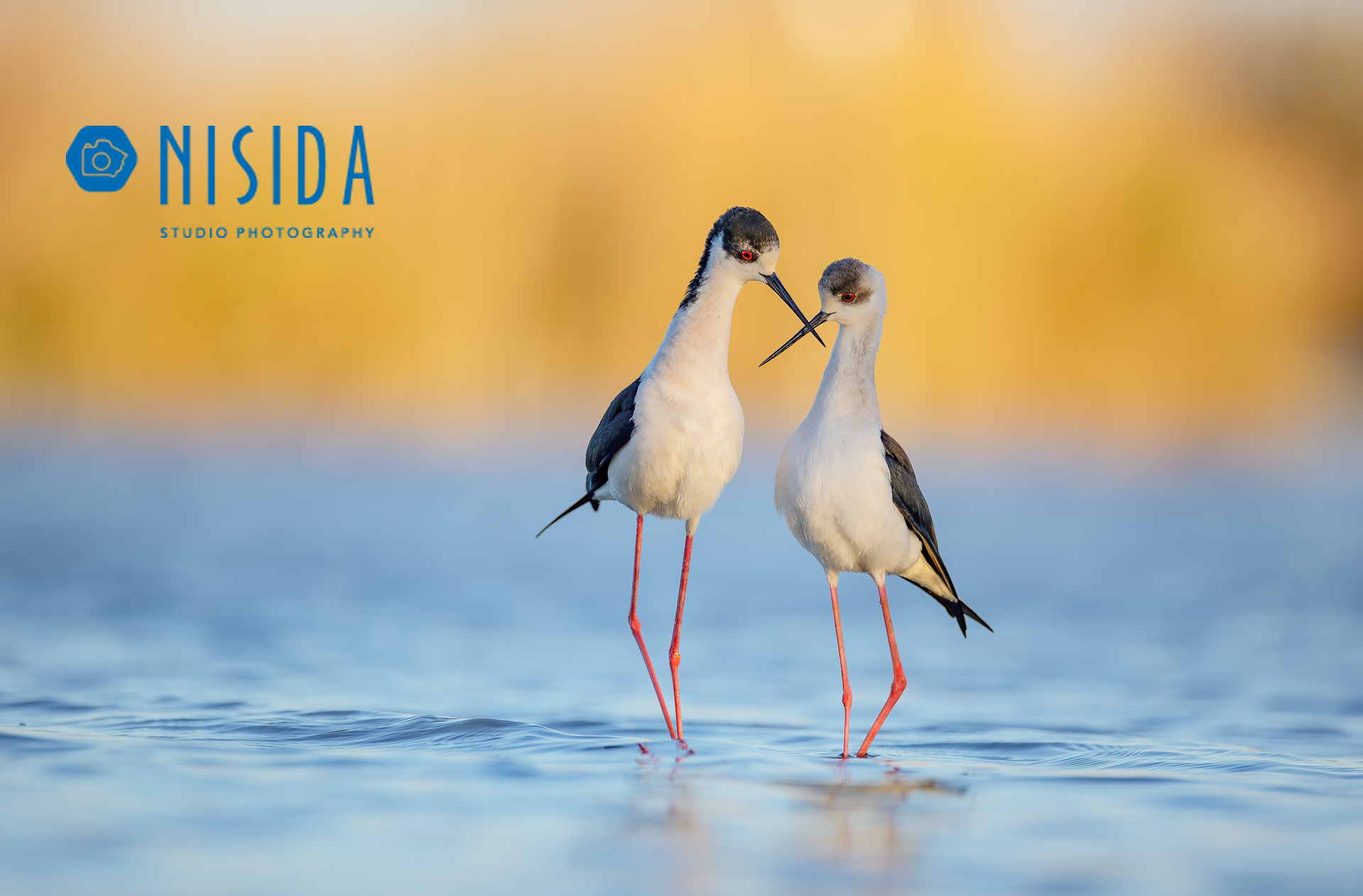Where Do the Wildest Animals Live?
The world is home to some of the most extraordinary and untamed creatures, each adapted to survive in the most extreme and remote environments. From dense rainforests to vast deserts, icy tundras to the depths of the oceans, wild animals thrive in every corner of the planet. This article explores the habitats where the wildest animals live, delving into the unique ecosystems that sustain them and the fascinating adaptations that enable their survival.
1. Rainforests: The Kingdom of Biodiversity
Rainforests are some of the most biodiverse ecosystems on Earth, covering only about 6% of the planet’s surface but hosting more than half of its plant and animal species. These lush, humid environments provide ideal conditions for countless wild animals.
Iconic Wild Animals
- Jaguars: Found in the Amazon rainforest, jaguars are apex predators known for their strength and stealth.
- Harpy Eagles: These powerful birds of prey dominate the canopy, hunting monkeys and sloths.
- Poison Dart Frogs: Small but deadly, these amphibians use potent toxins for defense.
Unique Adaptations
- Animals in rainforests often exhibit camouflage to blend into dense foliage.
- Many species, such as monkeys and snakes, are arboreal, relying on agility to navigate the treetops.
Notable Locations
- Amazon Rainforest (South America): Home to iconic species like anacondas, piranhas, and pink river dolphins.
- Congo Basin (Africa): Famous for its gorillas, forest elephants, and okapis.
- Southeast Asian Rainforests: Host to tigers, orangutans, and clouded leopards.
2. Deserts: Survival in the Harshest Conditions
Deserts are arid regions where extreme temperatures and scarce water challenge even the hardiest creatures. Despite these harsh conditions, deserts are teeming with life adapted to survive in unique ways.
Iconic Wild Animals
- Fennec Foxes: With large ears for heat dissipation, these foxes are masters of desert survival.
- Camels: Known as “ships of the desert,” camels store fat in their humps to endure long periods without water.
- Sidewinder Snakes: These serpents move sideways across the sand to minimize heat exposure.
Unique Adaptations
- Nocturnal behavior to avoid daytime heat.
- Specialized water conservation mechanisms, such as uric acid excretion in insects.
Notable Locations
- Sahara Desert (Africa): Home to addax antelopes, scorpions, and desert monitor lizards.
- Sonoran Desert (North America): Known for Gila monsters and roadrunners.
- Gobi Desert (Asia): Hosts Bactrian camels and snow leopards in its fringes.
3. Arctic and Antarctic: The Frozen Frontiers
The polar regions are some of the most extreme environments on Earth, characterized by sub-zero temperatures, ice, and snow. Despite the harsh climate, a variety of species have evolved to thrive here.
Iconic Wild Animals
- Polar Bears: Apex predators of the Arctic, they hunt seals on sea ice.
- Penguins: Found in Antarctica, these flightless birds are adapted to cold waters.
- Arctic Foxes: Known for their thick fur and ability to survive in icy terrains.
Unique Adaptations
- Thick blubber and fur to insulate against the cold.
- Seasonal behaviors like hibernation or migration to cope with food scarcity.
Notable Locations
- Arctic Tundra (Northern Hemisphere): Home to reindeer, musk oxen, and snowy owls.
- Antarctic Ice Sheets (Southern Hemisphere): Host emperor penguins and Weddell seals.
4. Oceans: The Hidden Depths
Covering over 70% of the Earth’s surface, the oceans are the largest habitat for wild animals. From shallow coral reefs to the deep sea, marine ecosystems host some of the most mysterious and untamed creatures.
Iconic Wild Animals
- Great White Sharks: Apex predators of the ocean, known for their powerful jaws.
- Blue Whales: The largest animals on Earth, feeding primarily on krill.
- Giant Squid: Elusive deep-sea dwellers that inspire myths and legends.
Unique Adaptations
- Bioluminescence to attract prey or deter predators in deep waters.
- Streamlined bodies for efficient swimming.
Notable Locations
- Coral Reefs: Biodiversity hotspots like the Great Barrier Reef are home to clownfish, manta rays, and sea turtles.
- Deep Ocean Trenches: Abyssal zones host anglerfish, tube worms, and other enigmatic creatures.
5. Mountains: The Heights of Wilderness
Mountains provide a range of altitudes and climates, offering unique habitats for specialized wildlife. The varying conditions support diverse species, from alpine meadows to rocky peaks.
Iconic Wild Animals
- Snow Leopards: Found in the Himalayas, these elusive cats are perfectly adapted to cold, rocky terrains.
- Mountain Gorillas: Endangered primates living in the forests of the Virunga Mountains.
- Golden Eagles: Majestic birds of prey that soar over mountain ranges.
Unique Adaptations
- Thick fur or feathers for insulation.
- Sure-footedness for navigating steep, rocky slopes.
Notable Locations
- Himalayas (Asia): Home to red pandas, yaks, and blue sheep.
- Rocky Mountains (North America): Hosts elk, pumas, and bighorn sheep.
- Andes (South America): Habitat for condors, llamas, and spectacled bears.
6. Grasslands and Savannas: The Open Wild
Grasslands and savannas are vast, open landscapes that support large herds of grazing animals and the predators that hunt them. These habitats are among the most iconic in the animal kingdom.
Iconic Wild Animals
- Lions: Known as the “kings of the savanna,” lions are apex predators in African grasslands.
- Cheetahs: The fastest land animals, relying on speed to hunt gazelles.
- Elephants: Majestic herbivores that shape their environment by uprooting trees and digging for water.
Unique Adaptations
- Herd behavior for protection against predators.
- Speed and agility for both predators and prey.
Notable Locations
- Serengeti (Africa): Famous for the Great Migration of wildebeest and zebras.
- Pampas (South America): Home to guanacos, rheas, and armadillos.
- Steppes (Eurasia): Habitat for saiga antelopes and Siberian tigers.
Conclusion
The wildest animals live in every imaginable habitat on Earth, from the towering peaks of mountains to the deepest depths of the oceans. Each ecosystem presents unique challenges and opportunities, driving remarkable adaptations that enable wildlife to thrive. Understanding these habitats and the creatures that inhabit them not only fosters appreciation for the natural world but also highlights the urgent need for conservation to protect these untamed realms. By safeguarding these habitats, we ensure the survival of the wildest creatures and the ecological balance they sustain.






